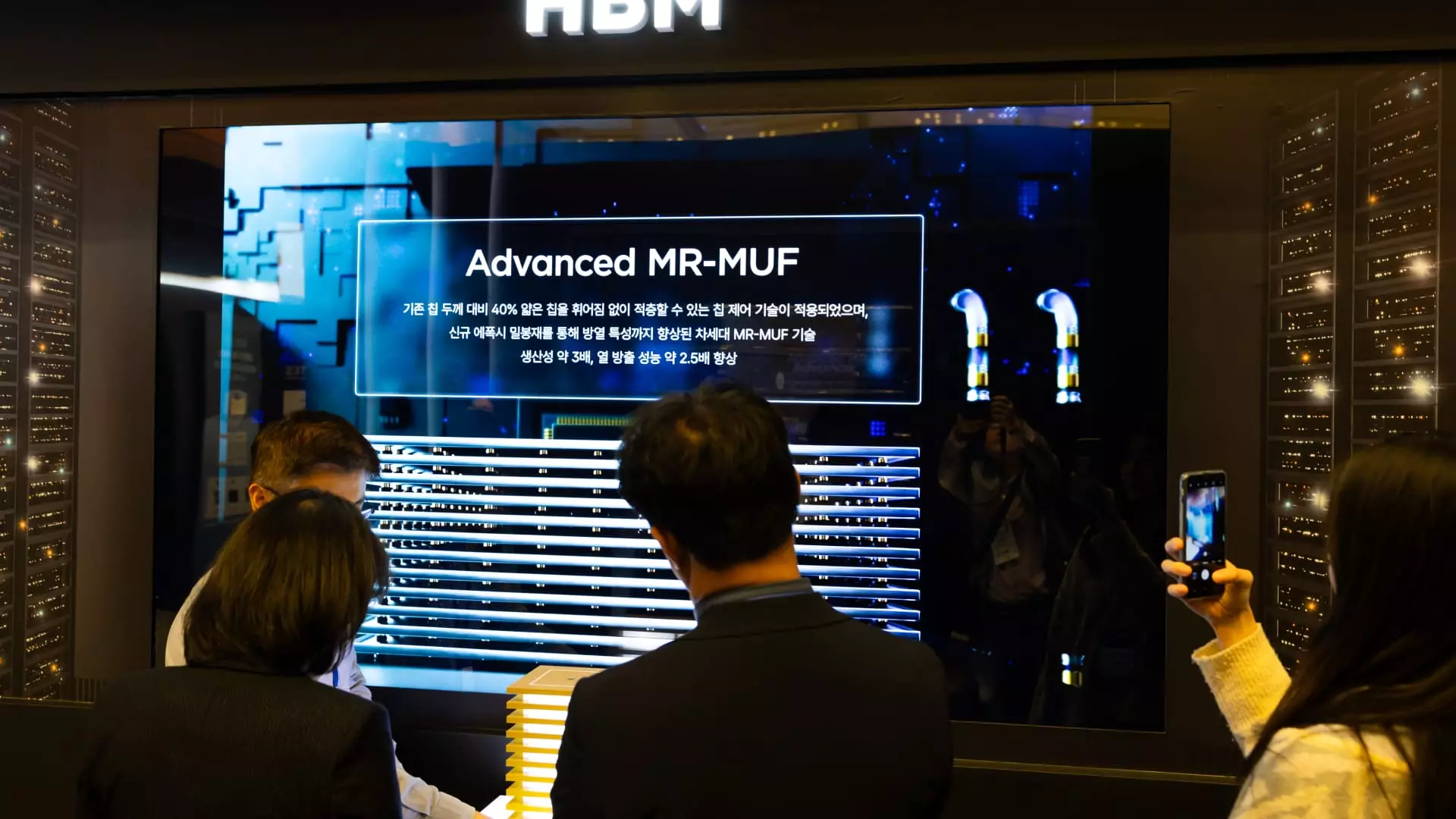The semiconductor industry has become a battlefield, where high-stakes policy shifts and prices can turn the tides of economic fortunes overnight. South Korea recently made a striking move by allocating an astonishing 33 trillion won (approximately $23.25 billion) to bolster its semiconductor industry amid escalating uncertainties linked to U.S. tariffs. This decision signifies not only a robust commitment to maintaining leadership in global chip production but also reveals understandable fears surrounding America’s unpredictable trade policies.
The looming threat of new tariffs from the U.S. administration, recently hinted at by former President Trump, galvanizes South Korea’s proactive stance. Trump’s suggestion to investigate the entire electronics supply chain under national security pretexts raises legitimate concerns about supply disruptions. Countries that depend on semiconductors, like South Korea, cannot afford to remain passive while facing such geopolitical turbulence.
Investment in Infrastructure: A Strategic Move
A key component of South Korea’s support package includes significant investments in infrastructure— particularly underground power transmission lines designed to enhance semiconductor clusters. By increasing funding for infrastructure in advanced industrial complexes from 30% to a staggering 50%, South Korea exhibits a forward-thinking approach that acknowledges both current challenges and future growth opportunities. The establishment of well-structured semiconductor ecosystems is crucial for fostering innovation and attracting talent.
Furthermore, the introduction of a new financial framework supporting low-interest loans to semiconductor companies demonstrates a desire to reduce financial burdens on key players in this vital industry. Investing 20 trillion won in financing shows a clear strategic intent to empower local firms to not just survive but thrive amid adversity—effectively allowing them to innovate without the burden of financial strain.
Talent Development: The Future Shield
Support for education and talent development in the semiconductor sector cannot be underestimated. By implementing extensive training and research initiatives for master’s and doctoral students, South Korea positions itself as a global leader not merely in manufacturing but in advanced semiconductor technologies. This strategy aligns perfectly with the demands of an ever-evolving market environment where intellectual capital will increasingly dictate success.
The initiative of forging global joint research programs to attract foreign talent is particularly noteworthy. In a world where competition for the brightest minds is intensifying, South Korea’s willingness to open its doors to international contributors in pursuit of innovation is both visionary and necessary.
The Economic Impact and Future Prospects
With semiconductors contributing to over 20% of South Korea’s total exports, the stakes are undeniably high. As the Kospi index reflects a modest rise following the announcement of the support package, it illustrates market confidence in South Korea’s strategic responses to evolving threats.
Given the U.S. remains a crucial export destination, the South Korean government’s moves towards negotiating swift tariff resolutions echo a broader strategy of economic resilience. It’s a race against time, not just against external pressures but also in ensuring that domestic companies remain stalwart players on the global stage.
South Korea is taking necessary steps to safeguard its semiconductor future. This firm investment in both infrastructure and talent development sends a strong message: in the face of uncertainty, proactive measures can secure a country’s economic foundations, allowing it to innovate and compete on the world stage.

